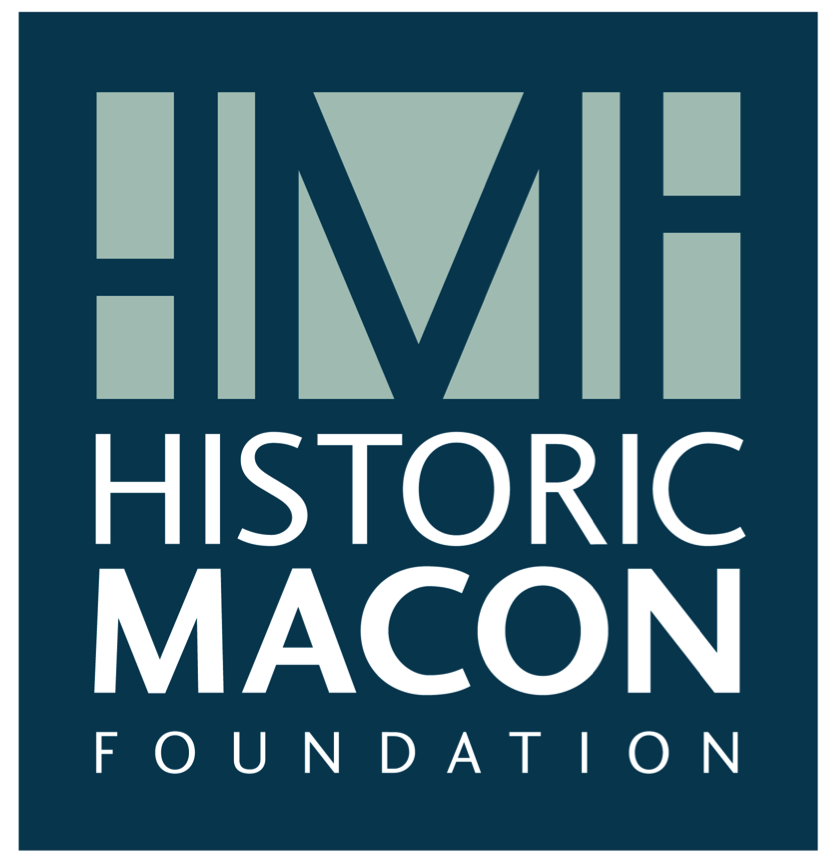Certified Historic Structure -any structure that has been verified as being listed in the National Register of Historic Places.
Certified Substantial Rehabilitation -a rehabilitation project where the owner(s) spent enough to qualify for the program they are participating in and was approved by the relevant reviewer for conformance with the Secretary of the Interior's Standards for Rehabilitation.
Fair Market Value -the price a willing seller and buyer would agree to in their transaction for the transfer of that building.
Income-producing property -any building or structure used for commercial purposes. For instance, using a house as rental property makes that house an income-producing property. Business, restaurants, and offices are also income-producing properties.
National Park Service (NPS) -the organization that reviews federal tax credit applications.
National Register of Historic Places -the country's official list of properties worthy of preservation. Listing in the National Register ensures no restrictions on property owners, but it does allow for participation in tax incentive programs.
Part A -the state of Georgia's preliminary application for both the State Income Tax Credit Program for Rehabilitated Historic Property and the State Preferential Property Tax Assessment Program for Rehabilitated Historic Property. The application includes your plans for the project so the state can review your plans for compliance with the Secretary of the Interior's Standards for Rehabilitation.
Part B -the state of Georgia's final application for both the State Income Tax Credit Program for Rehabilitated Historic Property and the State Preferential Property Tax Assessment Program for Rehabilitated Historic Property. This application includes how much you spent on the project in total and in QREs so the state can verify you spent enough to qualify.
Part 1 Application -the first step in the federal tax credit process. It consists of a history of the building and an architectural description that verify the building is in the National Register of Historic Places.
Part 2 Application-the second step in the federal tax credit process. It consists primarily of your plans for the project so the NPS can review them for compliance with the Secretary of Interior’s Standards for Rehabilitation.
Part 3 Application -the third and final step in the federal tax credit process. This application includes how much you spent on the project in total and in QREs, so the NPS can verify you spent enough to qualify.
Professional Preservation Consultant -anyone who is paid to do preservation work. Typically, these individuals will have at least a bachelors degree in historic preservation or a related field, though more often they have a relevant masters degree.
Qualified Rehabilitation Expenses (QREs) -anything that improves the permanent historic structure. For example, repairing windows, refinishing floors, or installing a new HVA system are all QREs. New additions, furniture, and landscaping do NOT count as QREs since they do not improve the permanent historic structure.
Tax Credit -the amount of money a taxpayer can subtract from what they owe the government in a dollar for dollar write-off.
